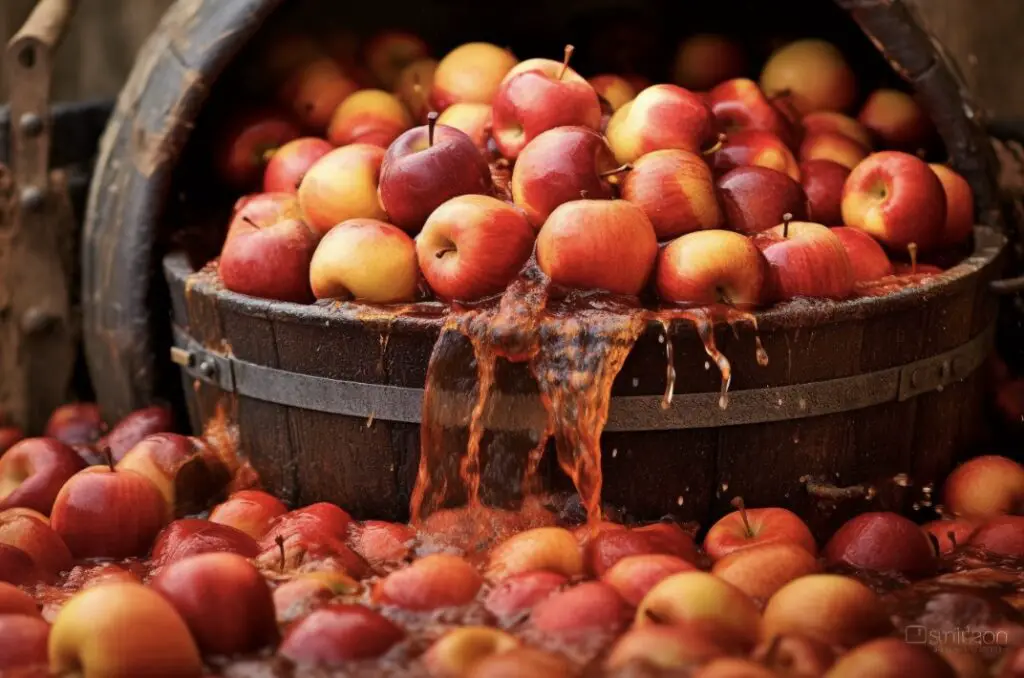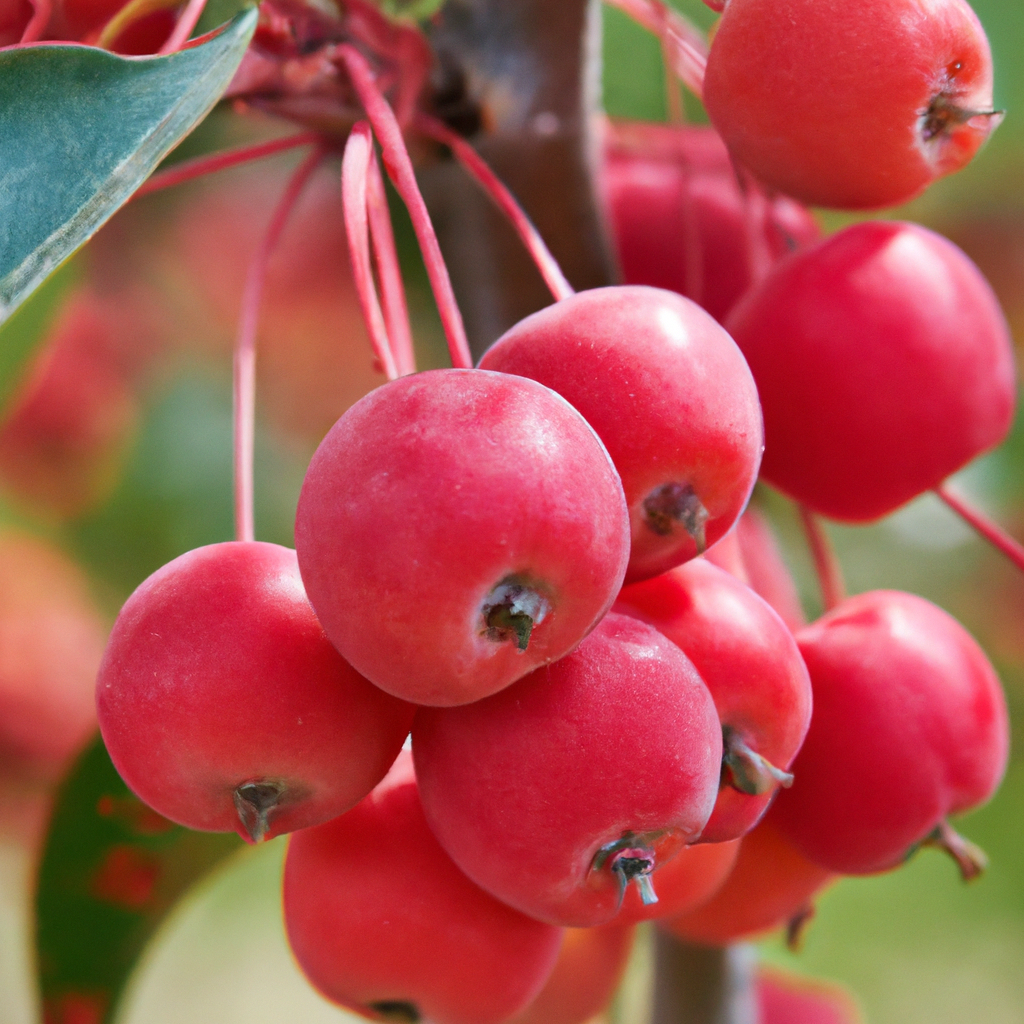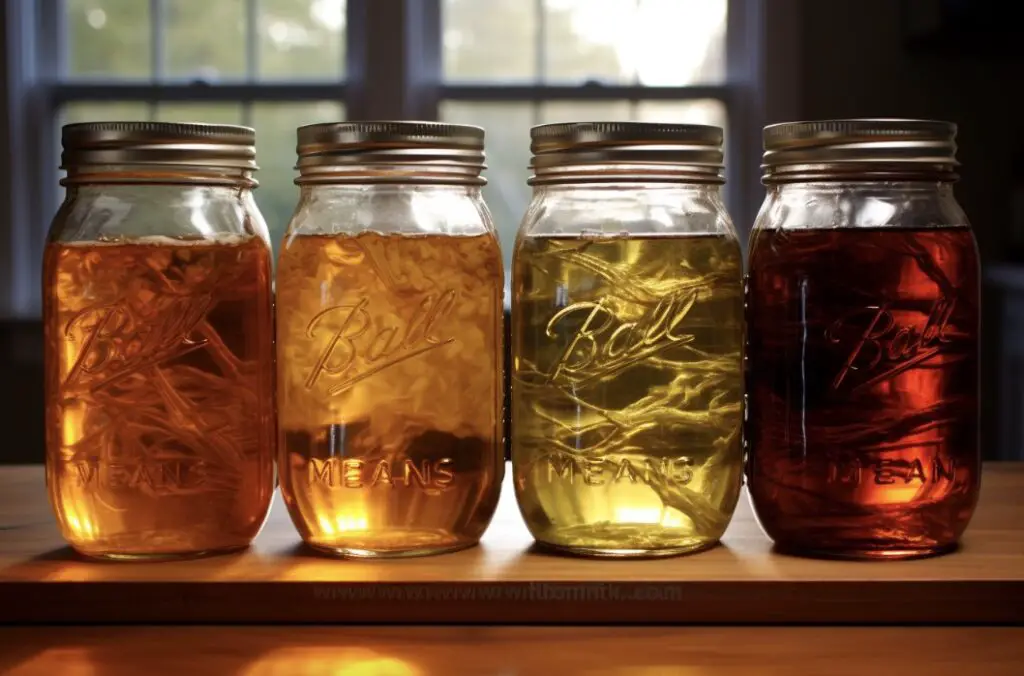Astringent cider can be a major disappointment for those who have put in the time and effort to craft their own homemade cider.
Astringency is a sensation that can be described as a dry, puckering, or mouth-coating feeling, and it is typically not a desirable characteristic in cider. Luckily, there are several ways to fix astringent cider and improve the overall quality of your brew.
In this blog post, we will explore the various methods for addressing astringency in cider, from prevention to post-brewing adjustments.
Understanding Astringency in Cider
The Science Behind Astringency
Astringency is primarily caused by the presence of tannins in cider. Tannins are naturally occurring compounds found in fruits, especially in apples. In cider, they can contribute to a dry, mouth-puckering sensation that can be quite unpleasant.

These compounds can interact with proteins in saliva and form complexes that cause the mouth to feel dry and chalky.
Identifying Astringent Cider
Before attempting to fix astringent cider, it’s important to first identify whether your cider actually suffers from astringency.
Astringent cider typically has a dry, puckering sensation on the palate, often accompanied by a slight bitterness. It may also leave a lingering, mouth-coating feeling after swallowing.
Where does the astringent taste in hard cider come from?
The astringent taste in hard cider typically comes from tannins. Tannins are naturally occurring compounds found in various fruits, including apples. When apples are used to make cider, their skins, seeds, and sometimes stems contain tannins. During the cider-making process, these tannins are extracted into the juice.

Tannins are responsible for the mouth-drying and puckering sensation often associated with astringency. They bind with proteins and salivary proteins in the mouth, causing a sensation of dryness and roughness.
This astringent taste can vary depending on the types of apples used and the techniques employed during cider production. Some cider makers intentionally seek out apples with higher tannin content to create a more astringent cider, while others may aim for a smoother, less astringent profile.
It’s worth noting that not all ciders exhibit a strong astringency. The level of tannins can vary depending on the variety of apples used, their ripeness, and the cider-making techniques applied.
Additionally, other factors, such as acidity and sweetness, can influence the perception of astringency in a cider.
Prevention: Choosing the Right Apples
One of the best ways to minimize astringency in cider is to choose the right apples from the start. The type of apple used in cider-making can have a significant impact on the final product’s flavor and astringency levels.

Selecting Low-Tannin Apples
To reduce the risk of astringency, choose apples that are low in tannins. Common apple varieties that are low in tannins include Golden Delicious, Granny Smith, and McIntosh. Using a mix of apple varieties can also help balance the flavor and prevent astringency.
Avoiding Overripe Apples
Overripe apples can have higher tannin levels, which can lead to astringent cider. Be sure to harvest apples at their peak ripeness and avoid using apples that have fallen from the tree and started to rot.
Avoid Crab Apples
If you want to avoid a strong astringent taste in hard cider, it is generally recommended to avoid using crab apples.
Crab apples are known for their high tannin content, which can contribute to a more astringent and bitter flavor profile in cider. They are typically smaller and more tart compared to other apple varieties, and their tannins can be quite potent.

Instead, you can opt for cider apple varieties or culinary apple varieties that have a more balanced tannin profile.
Cider apple varieties, such as Kingston Black, Dabinett, or Yarlington Mill, are specifically cultivated for cider production and often offer a good balance of tannins, acidity, and sugar content.
When making hard cider, it’s always a good idea to experiment with different apple varieties or blends to achieve the desired flavor profile. Balancing the tannins with sweetness, acidity, and other flavor components can result in a well-rounded and enjoyable cider.
Brewing Techniques to Minimize Astringency
Controlling Fermentation Temperature
Fermentation temperature can play a significant role in the development of astringency in cider. Higher fermentation temperatures can cause more tannins to be extracted from the apples. Aim for a fermentation temperature between 60-70°F (16-21°C) to minimize tannin extraction and the risk of astringency.
Using Pectic Enzyme
Adding pectic enzyme to your cider during the brewing process can help break down the pectin in apples, which in turn can help reduce the extraction of tannins. Follow the manufacturer’s instructions for the appropriate amount of pectic enzyme to add to your cider.
Post-Brewing Adjustments
If you’ve already brewed your cider and discovered that it’s astringent, don’t worry – there are still ways to fix it.
Blending with Low-Tannin Cider
One method for fixing astringent cider is to blend it with a low-tannin cider. This can help balance out the astringency and improve the overall flavor of your cider. Be sure to taste test different blending ratios to find the right balance.

aging your cider
Sometimes, astringency in cider can mellow out over time. Consider aging your cider for a few months before bottling or consuming it. The tannins may soften and become less pronounced, reducing the astringency.

Adding flavors
I recently experimented with flavoring hard cider in different ways (inspired by the video below). To start, I made a basic cider and divided it into four one-gallon mason jars.
The first flavoring I tried was dried elderberries, which have a licorice-like flavor. I added 25 grams of dried elderberries to one of the jars and let it sit for a couple of weeks to extract the flavors.

Next, I decided to flavor another jar with oak. I used an amber, medium-toast oak stick from a supplier I trust. I sanitized the stick by soaking it in boiling water for a few minutes and then placed it in the jar. This one will also sit for a few weeks or even a couple of months to allow the flavors to develop.
For the third jar, I went with a more traditional flavor combination inspired by apple pie. I added one cinnamon stick, one bruised cardamom pod, five allspice berries, and one clove. Since this is a smaller volume, I’ll need to check it regularly to ensure the spices don’t overpower the cider.
Finally, I decided to dry hop the last jar. I used cascade hop pellets and added four grams of hops to the cider. Dry hopping typically takes 48 to 72 hours, so I’ll monitor it closely to avoid excessive hop flavors.
Throughout the experiment, I observed the changes in color and aroma. The berries and wood took longer to infuse, while the hops quickly imparted their characteristic aroma.
After several days, I removed the hops from the cider by pouring it through a fine-mesh strainer bag. The resulting cider had a pleasant, spiced apple flavor reminiscent of spiced apple yogurt. I was quite pleased with the outcome.
I plan to continue the experiment by removing the elderberries after a few more days and leaving the wood to infuse for another three to four weeks. Once the flavoring process is complete, I will conduct a full tasting of all the ciders to evaluate the unique combinations and flavors.
Overall, experimenting with different flavor combinations is a fun and creative way to personalize your cider. Whether you’re using dried fruits, spices, wood, or hops, it’s important to keep an eye on the extraction process and adjust accordingly to achieve your desired taste.
A great video on flavoring cider can be seen below:
In the video, the host demonstrates how to flavor hard cider in four different ways.
Conclusion
Astringent cider can be a frustrating issue for cider makers, but there are many ways to address and prevent it. By understanding the causes of astringency, selecting the right apples, employing careful brewing techniques, and making post-brewing adjustments, it’s possible to fix astringent cider and create a delicious, enjoyable beverage. To sum up, here are 10 key facts about astringent cider and how to fix it:
1. Astringency is primarily caused by tannins in cider.
2. Astringent cider has a dry, puckering sensation on the palate.
3. Choose low-tannin apple varieties like Golden Delicious, Granny Smith, and McIntosh.
4. Avoid using overripe apples to prevent increased tannin levels.
5. Control fermentation temperature to minimize tannin extraction.
6. Add pectic enzyme during brewing to reduce tannin extraction.
7. Blend astringent cider with low-tannin cider to balance flavor.
8. Age your cider to allow tannins to soften and reduce astringency.
9. Experiment with different apple varieties and brewing techniques to find the right balance.
10. Don’t be discouraged – fixing astringent cider is possible with patience and practice!
FAQs
How do you make cider less sour?
To make cider less sour, you can try a few methods. One approach is to blend in sweeter apple varieties during the fermentation process to balance out the acidity. Another option is to add a sweetener, such as honey or sugar, to the cider after fermentation. Additionally, you can let the cider age for a longer period, as this can mellow out the sourness over time.
Is cider supposed to be sour?
Cider can have a range of flavors, and sourness is one of them. However, not all ciders are sour. The taste of cider can vary depending on the type of apples used, the fermentation process, and any additional ingredients or flavors added. Some ciders are intentionally made to have a tart or sour taste, while others may be more sweet or balanced. Ultimately, the level of sourness in cider is a matter of personal preference.
How do you make cider taste sweeter?
To make cider taste sweeter, you can try a few different methods. One option is to add sweeteners like sugar, honey, or maple syrup to the cider. Start with a small amount and gradually increase until you achieve the desired sweetness. Another approach is to blend the cider with a sweeter juice, such as apple or pear juice. This will enhance the natural sweetness of the cider. Additionally, fermenting the cider for a shorter period of time can leave more residual sugars, resulting in a sweeter taste. However, it’s important to note that the sweetness level of cider can also depend on the variety of apples used and the fermentation process.
Why does my apple juice taste like vinegar?
If your apple juice tastes like vinegar, it is likely due to a process called fermentation. Fermentation occurs when the natural sugars in the apple juice are converted into alcohol by yeast or bacteria. Over time, the alcohol can further oxidize into acetic acid, which gives vinegar its sour taste. This can happen if the juice is exposed to air or if it is not properly stored. To prevent this, ensure that your apple juice is stored in a cool, dark place and consumed within the recommended timeframe.
Why did my cider turned to vinegar?
There are a few common reasons why cider can turn into vinegar. The most likely cause is the presence of acetobacter bacteria, which convert the alcohol in cider into acetic acid, resulting in a vinegary taste. This can happen if the cider is exposed to oxygen for an extended period, allowing the bacteria to thrive. Additionally, using unpasteurized cider or contaminated equipment during the fermentation process can introduce the bacteria. Proper sanitation and airtight storage are crucial to prevent cider from turning into vinegar.
Why is my cider so sour?
There are a few factors that can contribute to a sour taste in cider. One possibility is that the apples used to make the cider were high in malic acid, which can result in a tart or sour flavor. Additionally, if the fermentation process is not properly controlled, it can lead to the production of acetic acid, which can make the cider taste sour. Lastly, certain yeast strains used during fermentation can produce more acidic flavors. To address the issue, you can try using different apple varieties, adjust the fermentation conditions, or experiment with different yeast strains to achieve a desired flavor profile.



